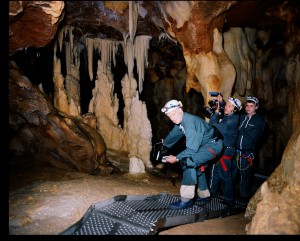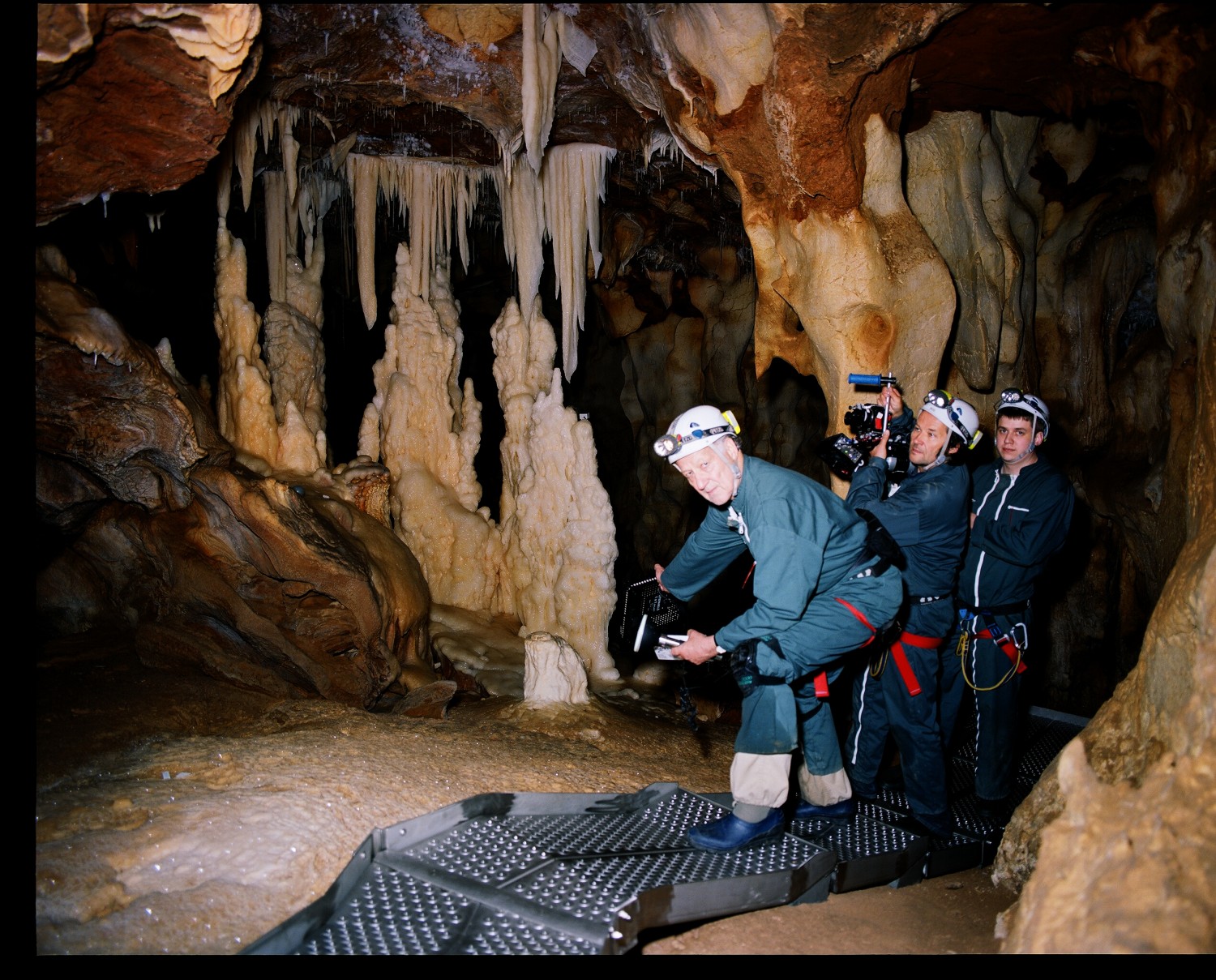Herzog discovers the ‘Cave of Forgotten Dreams’
Werner Herzog is one of the most talented directors working today. His documentaries and dramas have always invigorated audiences, insisting them to consider a sense of wonderment and self-discovery.
With Cave of Forgotten Dreams, his latest film, the celebrated German director amps up the discovery quotient four-fold. In the 90-minute documentary, Herzog is granted exclusive access to the wondrous Chauvet caves in southern France. Within these rocky treasure troves are the earliest cave paintings known to man. They were discovered in the 1990s, but likely have been around for some 32,000 years.
Until Herzog’s lens was granted unprecedented access to the caves, they remained a secret to most of the nonscientific world. Because of the difficulty of journeying in the cave, and the sensitive nature of the drawings, only a few scholars over the years have been afforded the chance of entering the caves. This makes the documentary one of the most important films in years, a visual encyclopedic entry.

Using a small team of cameramen, Herzog shines a light (literally) on our oldest recorded history. The images that shine back are exquisite murals of various animals in the throes of motion. One particular drawing depicts a group of horses, and the artwork is impressive, showing a skilled hand and powerful simplicity.
Herzog, in his usually inimitable style, goes one step further than simply displaying the evidence. He envisions what it was like for the original painters, our evolutionary ancestors, to spend time in the cave. Who were these early artists? Why did they paint? What motivated them to leave a lasting impression?
In his discoveries, Herzog comes across many interesting questions. There is one skull within the cave that is exactly positioned over a natural altar, almost as if it were a religious ritual cut short. The director wonders in his smooth, rhythmic narration whether Chauvet cave was the birth of religion, or perhaps culture, or even civilization.
Because of the limitations of the cave’s contours, Herzog’s crew is relegated to small walking paths without much room to maneuver. Almost all of the light is displayed from high-beam lamps, which causes an eerie shadow to come across the caves. The visuals are heightened even more with Herzog’s choice of making Cave of Forgotten Dreams a 3-D movie. Because of the curved walls and stalagmites of the cave, the visuals can often be stunning. However, as is normally the case with 3-D movies, the visuals can often come off disorienting and slightly blurred.
Herzog’s narrative talents are of the love-’em-or-hate-’em kind. I appreciate his wandering, cerebral asides; however, occasionally they can get the best of the director. The epilogue of Cave of Forgotten Dreams is likely an example of Herzog unleashed. I’ll let you decide whether he takes his thesis one step too far.
No matter the filming limitations or the descriptive narration, there is no denying that Chauvet cave is a wonder to behold. What a privilege to have this footage accessible to the questioning public.
- By John Soltes / Publisher / John@HollywoodSoapbox.com
-
Cave of Forgotten Dreams
-
2011
-
Written and directed by Werner Herzog
-
Narration by Herzog
-
Running time: 90 minutes
-
Bubble score: 3.5 out of 4
-
Click here to purchase Cave of Forgotten Dreams on DVD.

